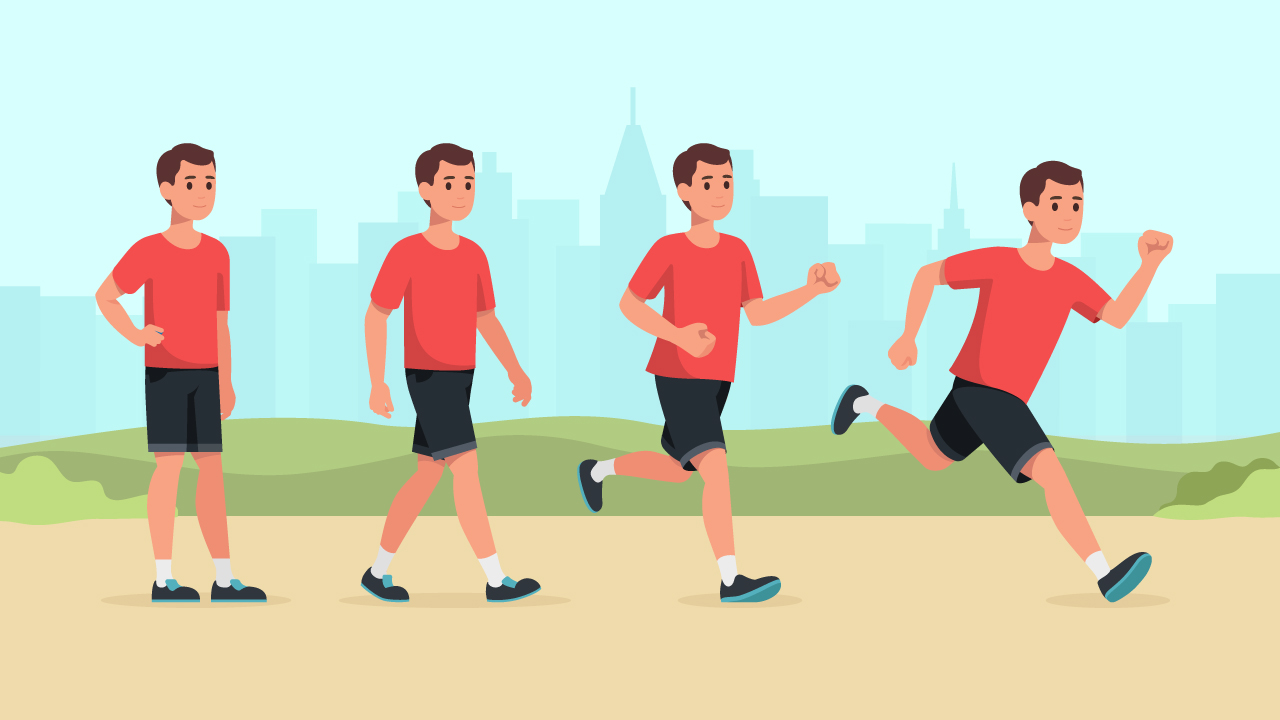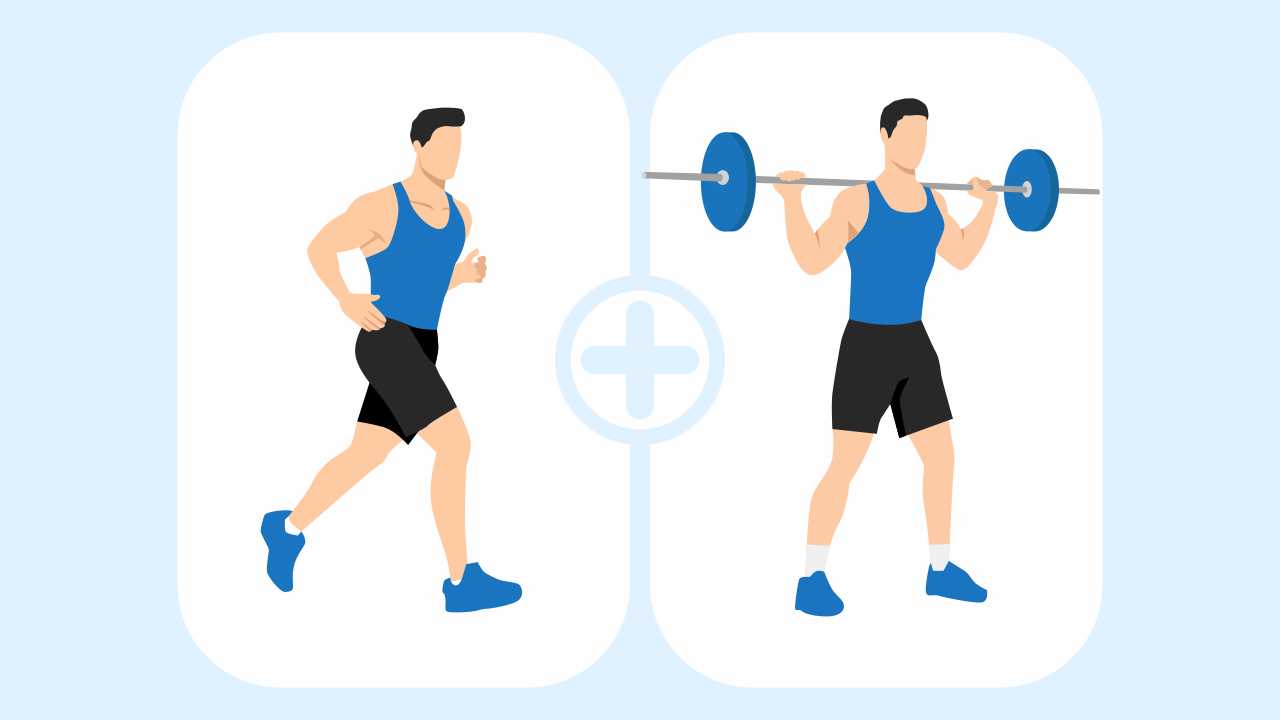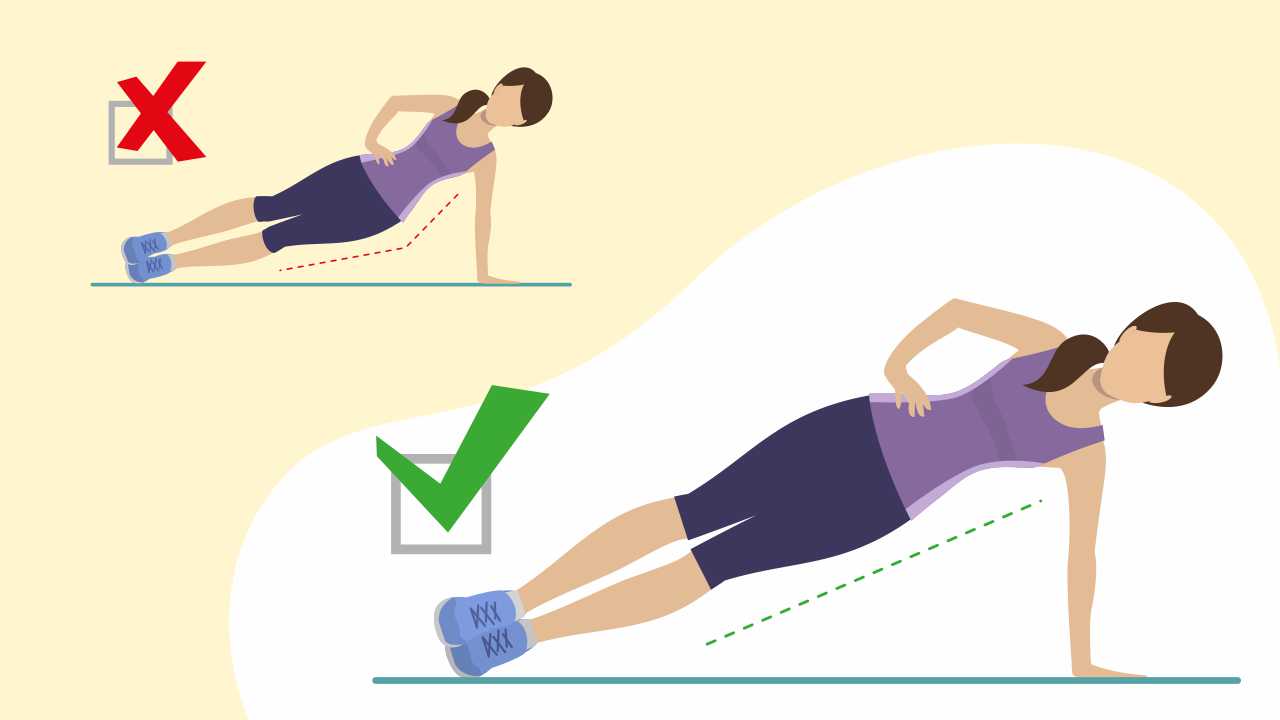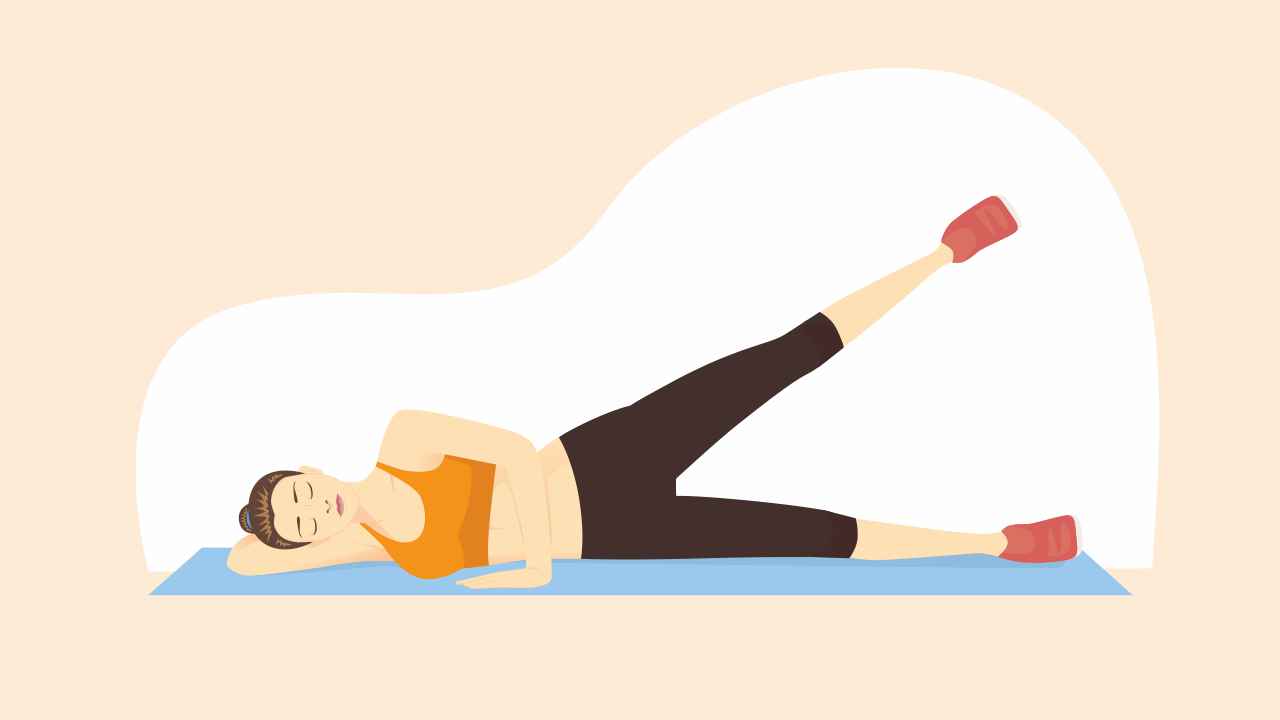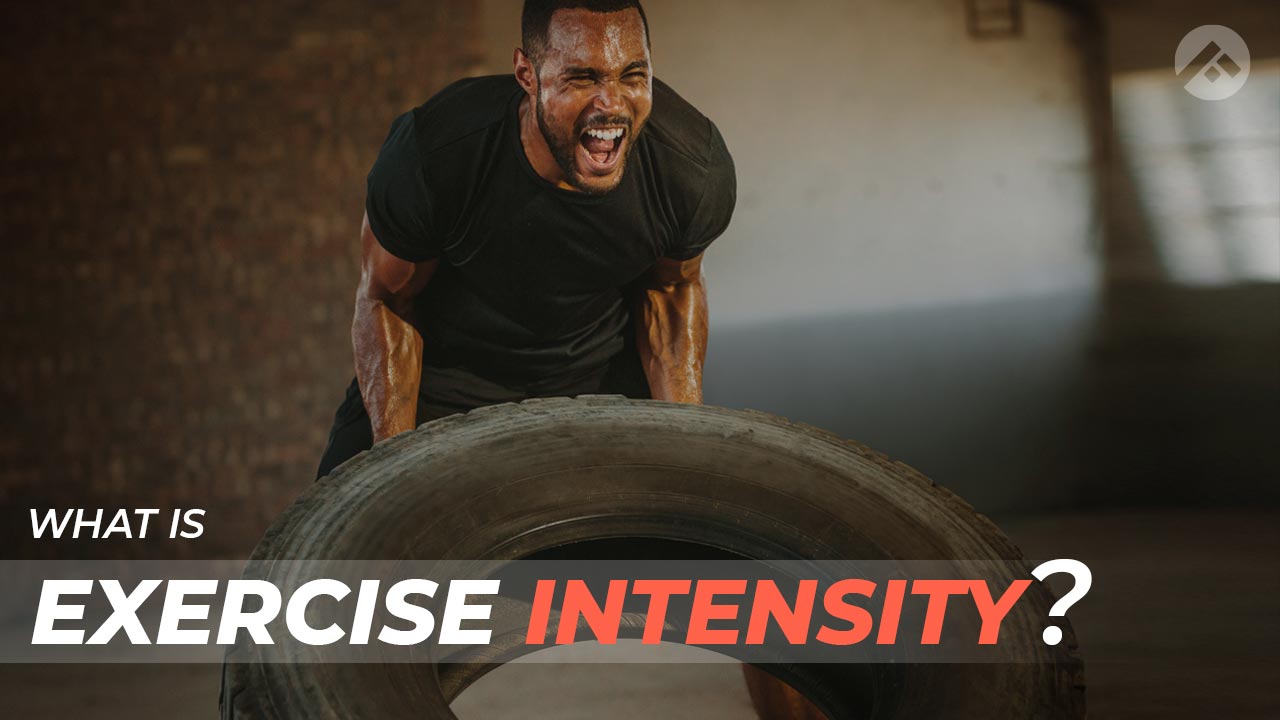
Functional Training: Why Is It Important and Why Should You Do It?
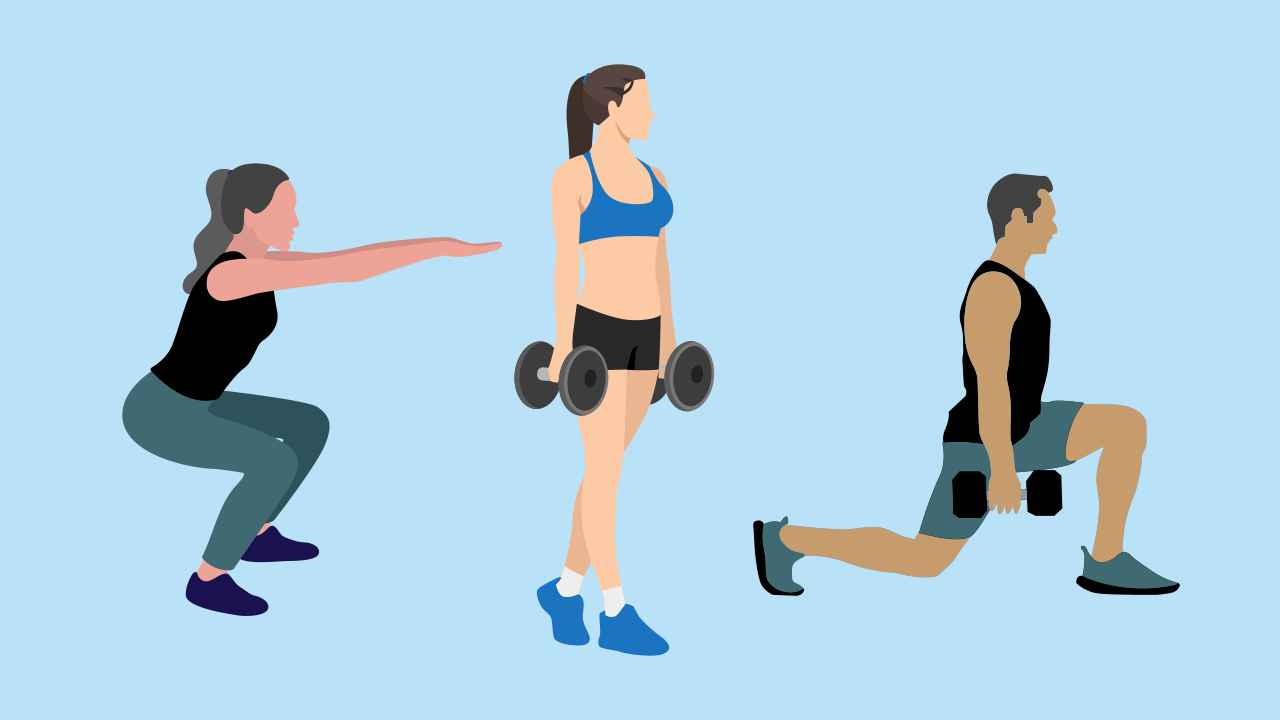
How do you define strength training? It is the performance of any exercise that is designed to enhance muscular fitness, which involves both muscular strength and muscular endurance. In addition, strength training can positively influence every system of the body. It provides widespread health and wellness benefits, ranging from improved bone mineral density to greater blood glucose regulation.
Functional training is a subset of strength training. Its specific purpose is to improve your ability to perform the activities of your daily life more effectively, efficiently, and safely. For this reason, functional training, which is sometimes called purposeful exercise, is truly personalized and appropriate for everyone.
You perform many movements throughout the day, such as bending and lifting, walking and climbing stairs, pushing and pulling objects or heavy doors, and doing rotational movements in both directions. Also, many activities combine all these movements in unique ways. Functional training, along with more advanced training of specific movements, can help you develop the balance and muscular strength needed to maintain a healthy lifestyle with a reduced risk of injury.
Functional exercises tend to combine several muscle groups and multiple joints rather than isolated movements like lat pull-downs or biceps curls. The focus is on training movement patterns rather than individual muscles or muscle groups. The plus points of functional training include improvements in body mechanics, joint function, mobility, balance, flexibility, core function, and coordination. Moreover, functional training helps in injury prevention, weight loss, and improvement of your overall health.
A well-structured strength training program should include functional training in the foundational stage. Moreover, the elements of functional training need to be in place when you progress.
Functional training as the foundation
Many people, who are novices to the concept of fitness and strength training, tend to start picking up free weights or use weight machines. However, it is essential to first establish good form and a stable posture before adding any external weight. The last thing you want to do is start lifting weights before you have established proper function and movement, as loading improper movements is a sure-shot way to get injured.
Think of position before transition. It is important to achieve proper alignment and position of your limbs and spine during a variety of movement patterns before transitioning to loading these movements with external weights
Visualize the human body as a series of links that form a kinetic chain. Some of these links, such as the foot, knee, lower back, and scapula or shoulder blade are designed for stability, while others, like the ankle, hip, mid-back, and shoulder joints are created for mobility. The early stages of a functional training program should focus on establishing (or re-establishing) postural stability and kinetic chain mobility.
Also read: Bad Posture: Tips and Exercises to Get It Right
This indicates that you need to use body-weight resistance as you train the muscles that support the spine and maintain your posture. Moreover, it is advisable to improve joint function by enhancing muscular endurance, flexibility, core function, and balance. Your goal in the early phase should be to improve your overall function before progressing to more complex movements and external loads.
Different types of functional training workouts
The following series of functional training exercises target the movements used in typical day-to-day activities.
1. Body-weight squat
This exercise mimics movements like standing up without using the armrests of a chair for assistance and squatting down to lift an object off the floor.
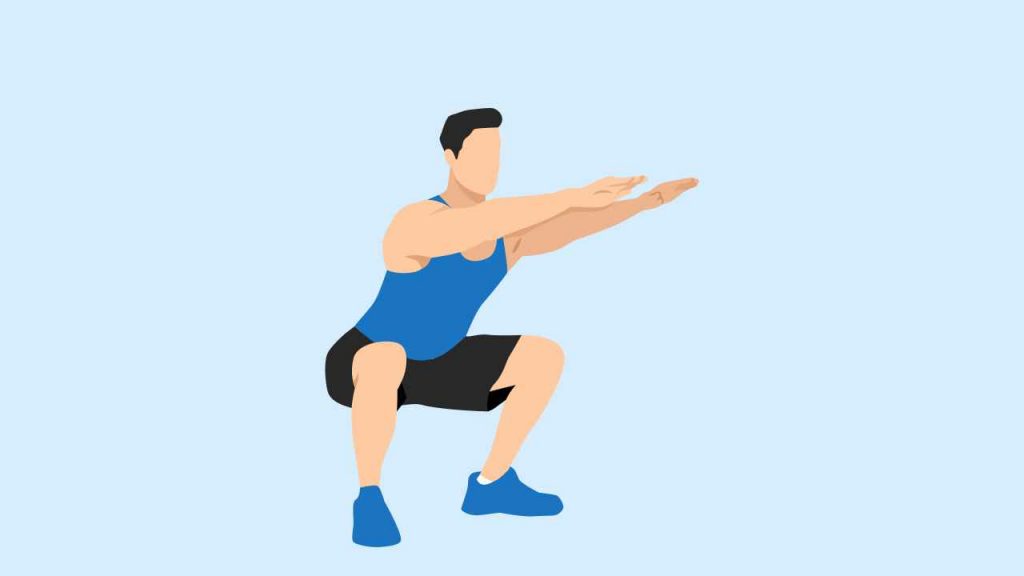
To perform this exercise, begin with your feet slightly wider than hip-width apart, with the toes turned slightly outward. Pull the shoulders back and down and stabilize the spine by bracing the core. Hold your chest up and out and shift your weight back to your heels as you push the hips backward. As your hips shift backward and downward, hinge the hips and knees simultaneously. Get lower until your thighs are almost parallel to the floor, your heels begin to lift, or your torso starts to round or flex forward. Exhale and extend the hips and knees back to the starting position by pushing your feet into the floor through the heels.
2. Lunge with single-arm row
A lunge is a single-leg movement, which is used when climbing stairs, while a single-arm row is a pulling movement that mimics the action of pulling open a door.

To do this, place a cable pulley in the highest position and attach a single handle. Stand facing the pulley, balancing on your left foot. Lift the right knee as high as the hip and bend it to about 90°. Grip the handle in the right hand so that the right palm is facing the center of the body. Lift the left arm straight and a little higher than the shoulder. Lower the right leg behind the body into a static lunge with the right knee close to the floor. Keep the right arm straight in front of the body, holding the handle. At the bottom of the movement, push the left foot into the floor and pull back with the right hand. Swing the right leg forward off the ground to balance on the left leg. Upon standing up, row the right hand back to the chest. Pause for one second before slowly straightening the right arm and lowering back into a lunge position with the right leg behind.
3. Lateral lunge wood chop
This is a rotational movement that mimics the action of throwing a ball when playing baseball or cricket.
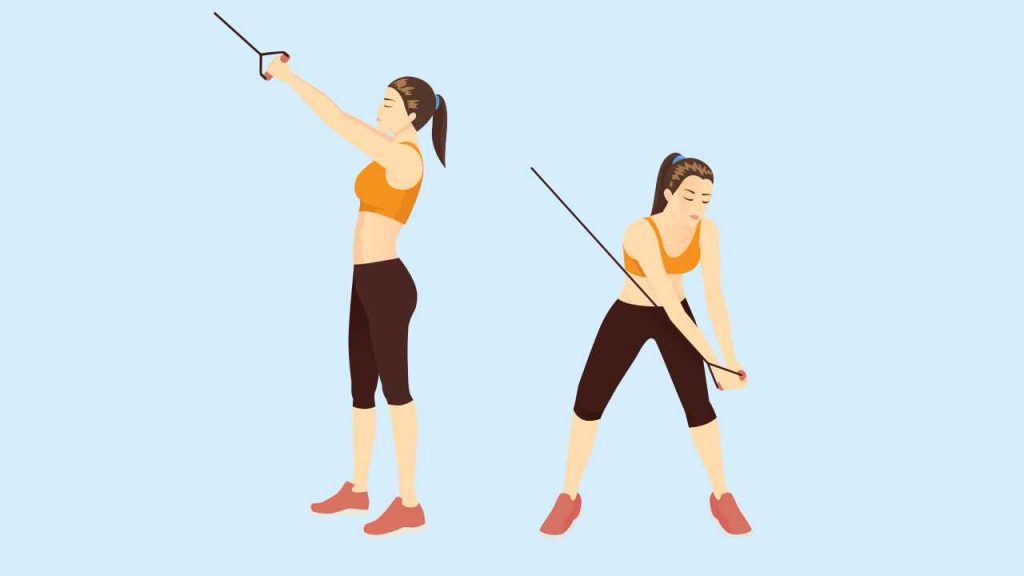
Place a cable at shoulder height and attach a single handle. Stand with the pulley to the right of the body. Then, reach across to grip the handle with the left hand before placing the right hand on top, lacing the fingers together. Push off the right foot while stepping directly to the left one as a lateral lunge. As the left foot hits the ground, keep both arms straight in front of the body and rotate so that the handle moves from above the right shoulder to the front of the left leg. Return to the starting position by pushing off the left foot and slowly rotating the arms back across the body.
4. Farmer’s carry
This may be the ultimate functional exercise, as it prepares the body for walking with good posture while carrying a load.

To do farmer’s carry, hold a dumbbell in each hand with a firm grip and the palms facing down. Allow the arms to rest along the sides of the body so that the dumbbells are next to the hips. Keep the back straight and walk a predetermined distance before turning around and returning to the starting point. The distance should be determined by your level of fitness.
How to progress in functional training
Many people make the mistake of abandoning the functional training components of their workout once they feel they have made enough progress to start doing some more advanced or loaded movements. Instead, functional training should remain a part of your strength training routine, no matter your fitness level. Even professional athletes, who are often focused on highly sport-specific training, will continue to incorporate exercises that target postural muscles. This continued work on functional training will enhance postural stability and kinetic chain mobility during advanced exercises and increased workloads.
As your function improves, you can start performing more complex movements and progressing exercise volume. For instance, you can raise the weights, repetitions, and sets. However, be mindful about not compromising postural or joint stability
These movements build upon your functional training by focusing on tasks you might perform as part of your everyday life. For instance, climbing stairs while carrying bags of groceries requires single-leg balance, movement, and strength, which can be enhanced by performing lunges. Similarly, picking up a box from the floor requires you to hinge at the hip and use lower-body strength to lift the weight. You may enhance these activities with hip-hinge and squat exercises.
Once you have mastered these movements, start adding external loads and some speed to your exercises. Keep in mind that not everyone wants or needs to progress to this level of training. So, it is vital to take a personalized approach. There is no need to lift heavier weights or start training for more power if that does not align with your personal goals or values.
Also read: Science of Progression in Resistance Training
Unfortunately, most people think that strength training is an activity that involves lifting heavy weights from the start. So, they tend to do this when they begin a new exercise program.
The goals of this type of training may include enhancing muscular strength, muscular endurance, and muscle hypertrophy (or growth), and making positive changes in body composition. If your objectives include making improvements in athletic performance, this is when you should begin training to build speed, agility, quickness, power, and any other sport-specific objectives.
Irrespective of whether you are a newbie to the gym and looking to get a bit stronger, or a seasoned athlete trying to get an edge over the competition, it is essential to include functional training as a part of your program. Strength training can be thought of as a series of building blocks, with functional training as the foundational piece. Even as you add more blocks to your program, it is necessary to spend time focused on postural stability and kinetic chain mobility to keep that foundation strong. Doing this will help keep you injury-free, and you will continue progressing with increased workloads or more complex movements.
References
1. American Council on Exercise. The Exercise Professional’s Guide to Personal Training. San Diego: American Council on Exercise, 2020.
2. Liu, C-J, Shiroy DM, Jones LY, et al. Systematic review of functional training on muscle strength, physical functioning, and activities of daily living in older adults. Eur Rev Aging Phys Act EUR REV AGING PHYS A: 2014; 11: 95–106.
3. Stenger LM. What is functional/neuromotor fitness? ACSM’s Health Fit J: 2018; 22, 6: 35–43.


